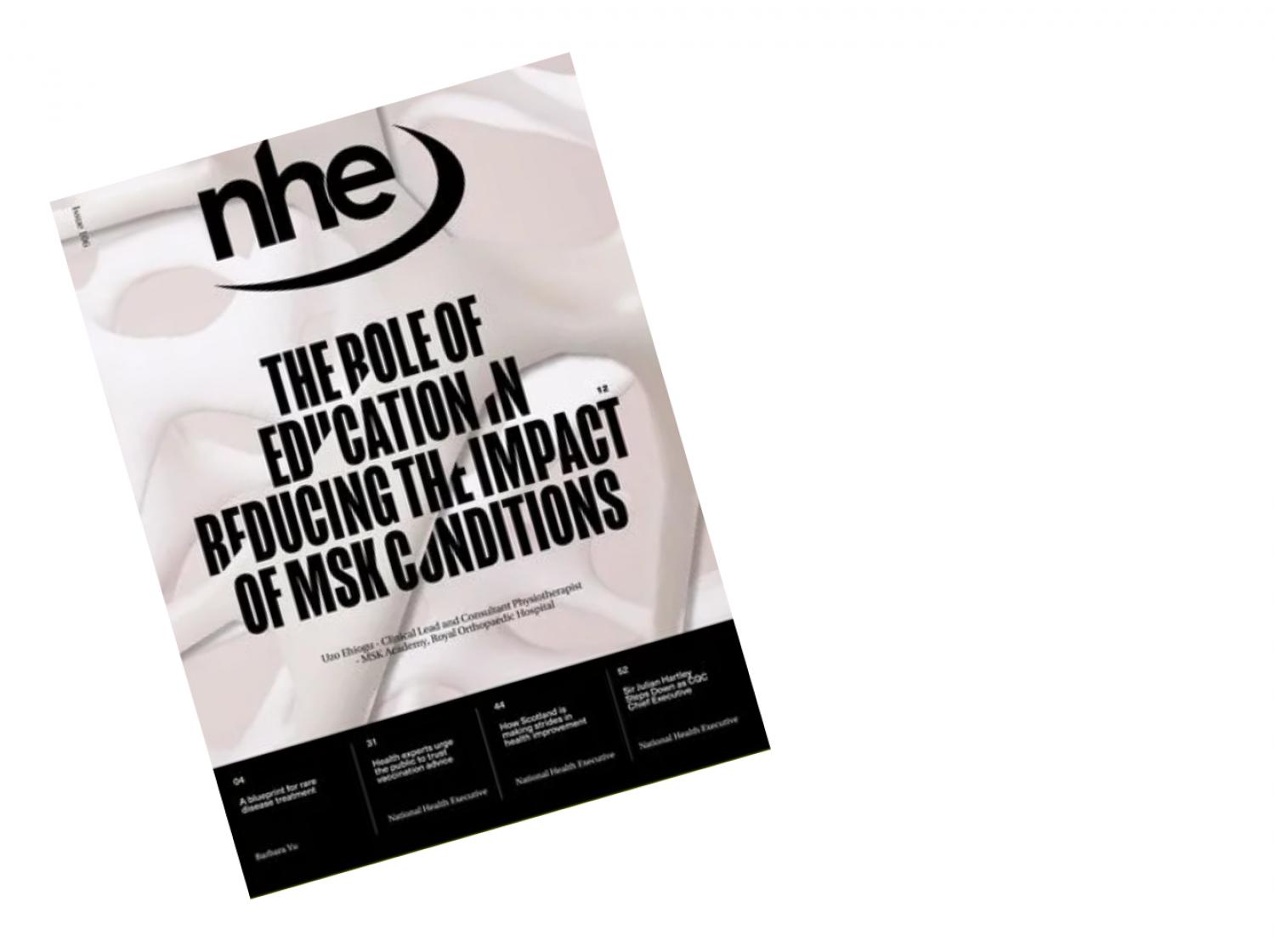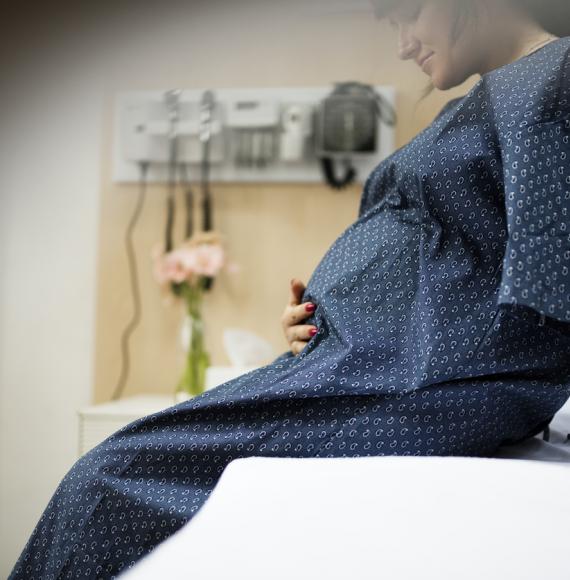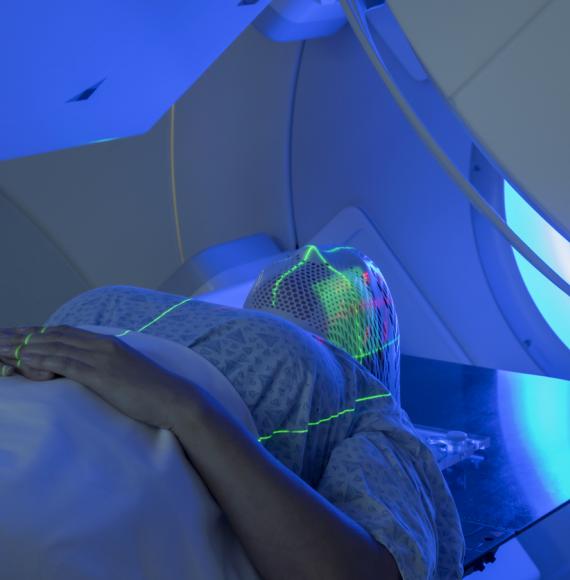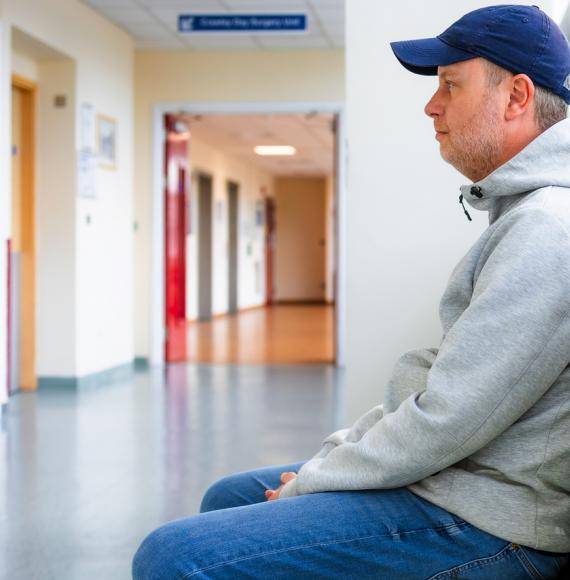As part of the wider plans to drive down waiting lists across the NHS, the government has confirmed that the NHS has signed a new agreement with the independent sector.
This comes alongside the previous announcement, as covered by National Health Executive, of the Prime Minister’s plan for how backlogs will be cleared.
As part of the plan, the NHS will leverage the independent sector to reduce waiting lists and provide millions more appointments. This partnership will expand capacity and offer patients more choices, with care remaining free at the point of use.
The independent healthcare sector estimates it can provide an additional one million appointments annually for NHS patients. This will be crucial in addressing long waits in specialist areas such as gynaecology and orthopaedics.
The agreement also targets areas with significant backlogs, including gynaecology, where 260,000 women are waiting over 18 weeks for treatment, and orthopaedics, where over 40% of patients exceed the 18-week target. Patients in deprived areas, where NHS provision is limited, will also have more options for their treatment. Currently, less than a quarter of patients recall being offered a choice of hospital. The government aims to ensure all NHS patients can choose their care providers.
This partnership is also essential for achieving the NHS constitutional standard that 92% of patients in England wait no longer than 18 weeks from referral to treatment. This standard has not been consistently met since 2015.
Commenting on the agreement, Health Secretary Wes Streeting said:
“Millions of patients are being forced to wait unacceptably long for treatment, failed by 14 years of neglect of the NHS. This government will pull every lever available to get patients treated on time again.
“I’m not going to allow working people to wait longer than is necessary when we can get them treated sooner in a private hospital, paid for by the NHS. If the wealthy can be treated on time, then so should NHS patients.
“This new agreement will help to cut waiting time faster in parts of the country where the need is greatest, and in gynaecological care where women are left waiting far too long.
“The steps we have already taken in the first 6 months have seen waiting lists begin to fall. The investment and reform we are now making will ensure we deliver on the Plan for Change and cut waiting times from 18 months to 18 weeks.”
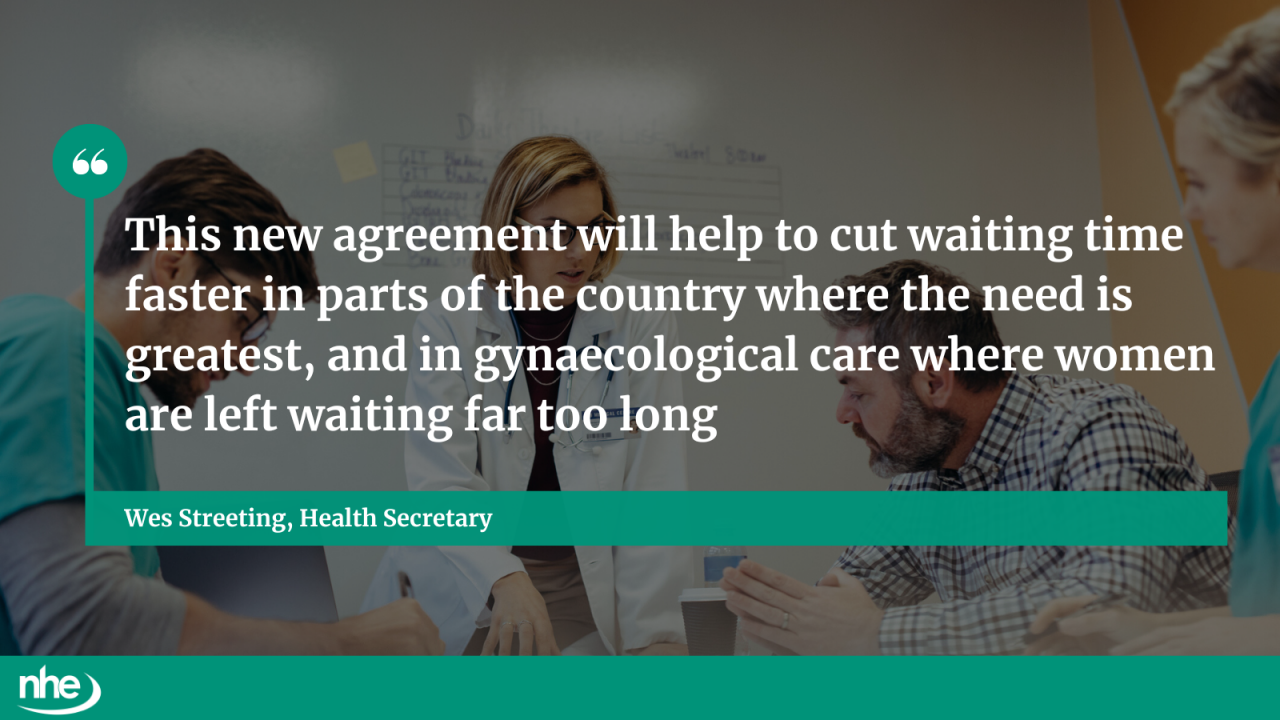
As part of the agreement, there are three main strategic initiatives:
- Digital Integration: NHS and independent sector digital systems will be aligned around national standards, allowing patients to easily access appointments and results via the NHS App.
- Long-term Contracts: Encouraging longer-term contractual relationships will enable further independent sector investment in NHS capacity.
- Workforce Development: Both sectors will collaborate to grow and develop the elective workforce, ensuring consistent training in the independent sector.
The government has already ramped up the delivery of extra elective care, aiming to provide an additional 2 million appointments, scans, and operations in the first year. This renewed relationship with the independent sector will offer patients a greater choice of providers for tests or scans, all funded by the NHS and free at the point of use.
The agreement is part of the broader elective reform plan, which outlines a roadmap to meet the 18-week standard within this Parliament.
Image credit: iStock



